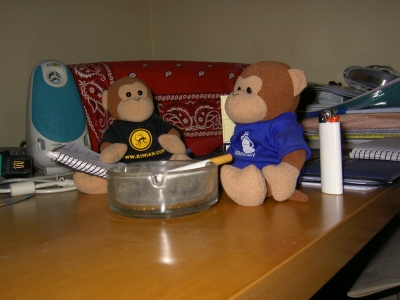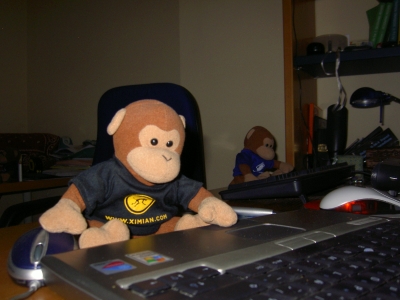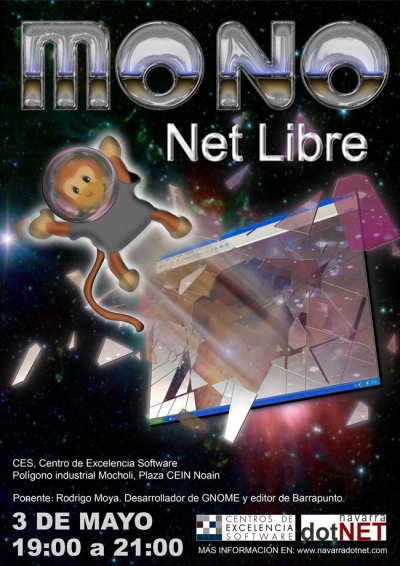Yesterday after lunch, when coming back home from Pamplona, I was on my motorbike behind a truck, and suddenly, a car on the other direction invaded our lane, crashed against the truck, and was thrown on my way. Fortunately, I was able to avoid the crash against the car, but I got out of the road and crashed against a traffic signal. The guy in the car had fallen sleep and was a bit drunk, but was lucky enough, first, to not step down the truck (in which case he would have been smashed), and, second, to not kill anyone (in this case me, if I hadn’t avoided the car, I think I wouldn’t be here today, or at least not able to write this entry).
Fortunately, I am mostly ok, just with some bruises in my legs, and a sprain shoulder, which makes me just be able to use one arm. My bike is also mostly ok, but it lost all its engine oil because of the crash against the traffic signal, which broke the oil evacuation part, so it didn’t even start a few minutes after the accident. There were also a few other bits that got broken, but anyway, the guy on the car’s insurance would pay for everything. The police got him to do the alcohol test, and got positive, and the guy from the truck declared the same version than I, so I shouldn’t have any problem with having all paid.
I’ve been told to rest for a couple of weeks, so I might not be able to answer mail or commit patches or go to parties, etc, so just be patient if you’re waiting for something from me.



